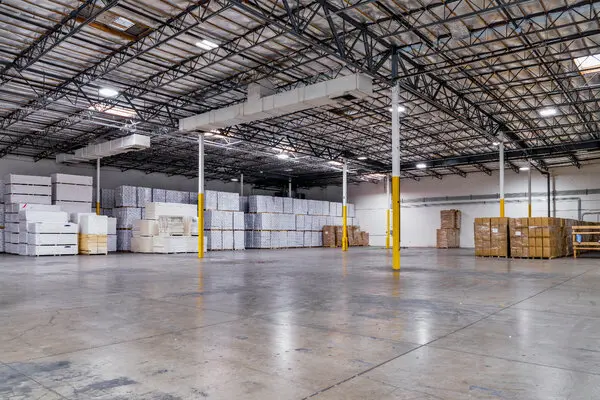Hello!
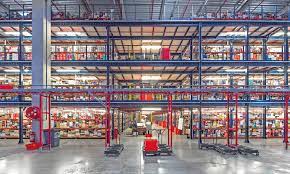 Warehouse conversions have taken the world by storm. Massive structures built during the Industrial Revolution have sat empty for decades, but they have seen a renaissance in recent years due to the growing popularity of warehouse conversions.
Warehouse conversions have taken the world by storm. Massive structures built during the Industrial Revolution have sat empty for decades, but they have seen a renaissance in recent years due to the growing popularity of warehouse conversions.
These spaces can be transformed into luxury apartments, massive single-family homes, office spaces, shops, restaurants, cafes, and just about anything imaginable.
Inner-city warehouses have ornate details, charm, and character that simply cannot be found in most modern structures. Their location makes them perfect urban development projects and converted warehouse spaces are bringing in big money. With the growing popularity of warehouse conversions, many buyers are scooping up abandoned warehouses still chock-full of their industrial shipping materials with plans of converting them into modern spaces.
While embarking on a warehouse conversion project could be an amazing investment opportunity, doing so could also spell disaster if you attempt to tackle the project without the proper planning. Here are a few important things you need to know before converting your own warehouse space.
You Need to Have a Clear Purpose in Mind
If you attempt to tackle a warehouse conversion without a clear purpose in mind, your chances of success are not good. Why are you converting the space? Do you plan to use it for commercial space or residential? Will you be creating one massive unit or several smaller ones? Is the building currently in good enough condition to be used for your intended purpose?
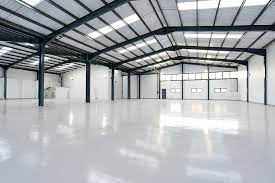 Depending on what you plan to use the building for, the requirements could vary significantly. Apartments, storage units, offices, restaurants, and retail spaces all have unique needs. It’s also important to consider local building codes. In addition to meeting the needs of the types of spaces you plan to have inside the building, you need to think about what upgrades and features will be required by law. Depending on the current condition of the building, meeting the needs of future buyers or tenants while satisfying building code requirements could require a lot of time, money, and effort.
Depending on what you plan to use the building for, the requirements could vary significantly. Apartments, storage units, offices, restaurants, and retail spaces all have unique needs. It’s also important to consider local building codes. In addition to meeting the needs of the types of spaces you plan to have inside the building, you need to think about what upgrades and features will be required by law. Depending on the current condition of the building, meeting the needs of future buyers or tenants while satisfying building code requirements could require a lot of time, money, and effort.
Having a clear purpose in mind is the first step in determining exactly what will need to be done to successfully convert the warehouse and get it ready for use.
Without a clear purpose, you may find yourself investing a lot of time and money only to discover that your work hasn’t gotten you far in terms of meeting needs and legal requirements.
Think About Allowable Usage
You may have one thing in mind in terms of how you will use the building, but local zoning and other laws may have a different idea. Before you get started on a warehouse conversion project, you need to understand local zoning and any regulations and rules that apply to the existing building itself. If you do not already own the building, find out exactly what is included in your purchase.
Does local zoning allow you to use the building for your intended purpose? If you are renting the facility, are you allowed to do extensive renovations and rent out space to other tenants? If you are buying, do local laws allow you to rent out renovated spaces to tenants? If you plan on converting the building into a large home or apartment, is it fit to live in? Does zoning allow you to create residential space in the area where the warehouse is located?
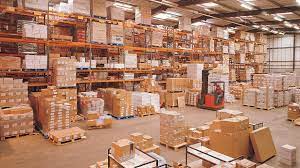 Ask yourself these questions and find out the answers prior to starting on a project. Make sure zoning and other rules and regulations allow you to use the space as you plan.
Ask yourself these questions and find out the answers prior to starting on a project. Make sure zoning and other rules and regulations allow you to use the space as you plan.
Failing to find out this vital information could result in you spending a lot of money only to create space you legally are not allowed to use as you planned.
Consider Maintenance
Just like any other space, converted warehouses need to be properly maintained. Maintenance and upkeep should be carefully considered for both short- and long-term projects and usage. Do some investigating to find out exactly how old the building is and when any major renovations may have been done. Check out the electrical system, HVAC system, and drainage system. If they need to be replaced, you could be looking at a major expense.
Even if major systems do not need to be replaced right away, they still require maintenance. If the building has been abandoned, it’s likely that maintenance has not been performed in a long time and you may find yourself facing huge expenses to get everything up and running again. Also, be mindful that older systems are often more temperamental and require more maintenance than modern systems. They also consume a lot more energy. Estimate your costs for maintenance and usage before starting a warehouse conversion project to make sure these expenses won’t eat up too much of your budget.
Don’t Forget About Safety
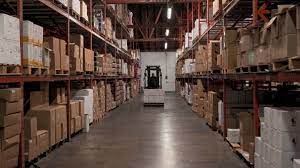 Warehouses from the Industrial Revolution were built long before modern safety regulations came into effect. Since many of these buildings have sat abandoned for the last several decades, they likely have not been updated.
Warehouses from the Industrial Revolution were built long before modern safety regulations came into effect. Since many of these buildings have sat abandoned for the last several decades, they likely have not been updated.
Years of disuse may have also caused parts of the structure to begin to deteriorate. If you are thinking about converting an old warehouse, don’t forget about safety while removing various packaging materials you may find. You may need to do a lot of work just to make the building safe to work in.
In addition, you will need to make sure the new spaces meet modern safety standards. Fire separations will need to be placed between units, and you may need to install equipment like sprinkler systems. Original structures like staircases may also need to be updated to meet modern safety requirements.
Also read:
- Hack-Proof Your Smart Home
- Here are five Conversion Rate Optimization (CRO) hacks specifically tailored for online solopreneurs, based on current web insights:
- Safe Remote Work in Honduras with Quasa Connect: Earning in Cryptocurrency
Closing Thoughts
Renovating a warehouse is a great way to turn unused space into apartments, retail spaces, cafes, restaurants, and more. A warehouse conversion project is a large undertaking, though, and it is not a job you should take on without coming up with a solid plan and determining roughly how much time and money you will need to invest.
Thank you!
Join us on social media!
See you!

